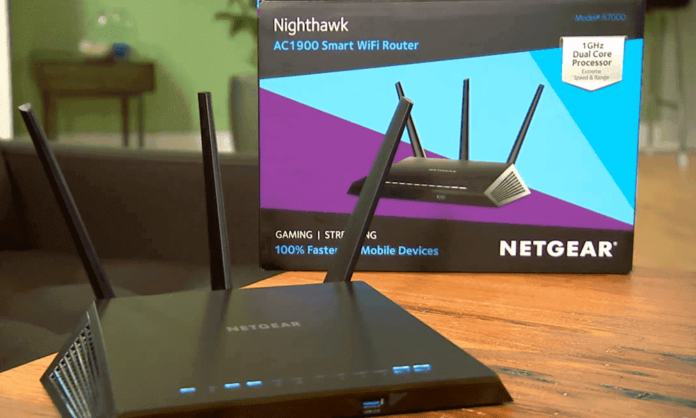Troubleshooting the DNS settings on a Netgear router through www.routerlogin.net is a common source of stress for its customers. If you count yourself among them, you need not be concerned. If you follow the steps we’ve laid out here, changing the DNS settings on your Netgear router by using the Netgear router login credentials will be a breeze. Stop procrastinating and start reading immediately.
How to Access Netgear Router DNS Settings?
- Turn On the Netgear Router
Gather your Netgear wireless router to get started. You may turn it on by plugging it into a working electrical outlet. If you do that, your device will power up.
Please use the power wire included with your router to connect it to the wall outlet. Press the power button on your router once you’ve plugged in the power adapter to the wall.
- Connect the WiFi Devices
Take the Ethernet cable out of the router’s packaging and plug it into your modem’s corresponding port. Verify that each of your devices has a secure connection. That means it has to be as tight as a glove.
If you must use a wireless medium for this task, however, keep your devices close together to avoid interference.
- Open an Internet Browser
Turn on your machine (laptop or desktop) and fire up whatever online browser you choose (Chrome, Safari, Opera, etc.). Make sure you aren’t using an old version.
Moreover, if you’re having trouble accessing the Netgear router’s DNS settings, try clearing your browser’s cache, cookies, and history.
- Access Routerlogin.net
When you’re ready, use a web browser and go over to routerlogin.net. The router’s default web address may be accessed by typing it into the browser’s address bar and then pressing the Enter key.
- Perform Netgear Router Login
When prompted, provide the default username and password for your Netgear router to get access to the main dashboard or the http://routerlogin.net setup wizard.
Remember that the default admin credentials are case-sensitive. Therefore, make sure the Caps Lock key on your keyboard is un-pressed.
- Setup DNS Settings
Get to the ‘Advanced’ tab, and then choose the Advanced Setup button. The Use a Dynamic DNS Service option may be accessed by clicking the Dynamic DNS button. Navigate to the Netgear selection under the Service Provider menu. After you’ve located it, select it by clicking on it. After that, follow the on-screen prompts to configure DNS on your router.
Important Points
There have been reports of trouble connecting to the router’s DNS settings on many occasions. Remember the following to guard yourself against falling into the same trap:
- Make sure the power cord to your router is securely plugged into the wall. A worn-out power cable might prevent your device from receiving electricity.
- If you’re using an Ethernet to connect your devices, check for severe cuts first.
- Your current browser’s address bar is the only place you should type the address. It is not recommended that you type it into the search box.
- However, you may still access your Netgear Nighthawk router through its IP address if routerlogin.net stops responding.
- Verify that the predetermined administrator credentials are being used. The fields for each should be kept separate.
- You shouldn’t put a Netgear router or your current modem in the same room as a transmitting item like cordless phones, Bluetooth speakers, refrigerators, microwaves, washing machines, baby monitors, treadmills, or televisions.
- Before you can access the DNS settings on your Netgear router, you’ll need to make sure your antivirus software and VPN are turned off.
- You shouldn’t have too little space between your router and modem. Their WiFi transmissions may end up interfering with one another.
Remember that these troubleshooting hacks can also be implemented if you have performed Netgear AC750 router setup in your home.
Final Words
The article above detailed the process of accessing the DNS settings of a Netgear router. After reading the above, you should be able to proceed with the procedure with simplicity.
Also checck: 3 Benefits of Installing Composite Cladding on Your Home

